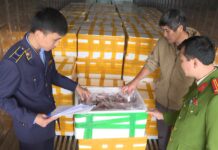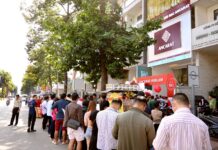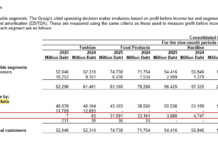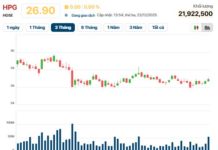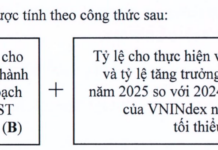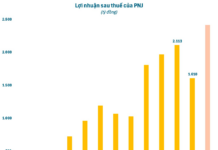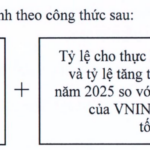The Ho Chi Minh City Ring Road 4 project is 207km long, spanning across Ho Chi Minh City and the provinces of Binh Duong, Dong Nai, Long An, and Ba Ria – Vung Tau. The total investment for the project is approximately 106,000 billion VND. Of which, the section in Ba Ria – Vung Tau province is 18.7km long, Dong Nai 45.6km, Binh Duong 47.45km, Ho Chi Minh City 17.3km, and Long An 78.3km. Each locality will take charge of implementing the section that passes through its territory.
After 13 years of studying the route and planning the Ho Chi Minh City Ring Road 4 project, the authorities are still struggling to find the optimal investment plan. The Ho Chi Minh City Department of Transport is responsible for compiling the data on route exploration, financial plans, and submitting them to the Southeast Regional Council, Ministry of Transport for review before presenting them to the National Assembly for approval in 2024.
Currently, the sections of the route are being studied for feasibility reports.
In Phase 1, the project is designed with a road width ranging from 22 to 27 meters, including 4 lanes, a rigid separator and 2 emergency stopping lanes. The total investment for this phase is over 106,000 billion VND. Specifically, the construction cost is 33,095 billion VND, land clearance cost is 47,258 billion VND, and project management and consulting costs amount to approximately 25,611 billion VND. The general approach is to have 50% of the funding come from the State budget (including central and local funds) and the remaining to be sourced from PPP investments.
After many years of coordination between the 5 localities and 3 consulting units, two implementation options for investment have been proposed.
Option 1, each locality acts as an authorized agency to implement the sub-projects within its own province.
Option 2, merge the entire route into one project and submit it to the National Assembly for approval of the investment plan.
Due to the different consultants of each locality, discrepancies in lane width and rigid separators have occurred. The expected return on investment for each component project also varies.

According to the analysis of the options, if Option 1 is applied, the four localities including Ho Chi Minh City, Dong Nai, Binh Duong, and Ba Ria – Vung Tau have sufficient authority to approve the investment plan. However, for the section passing through Long An province, which is categorized as a Group A project, the localities do not have sufficient financial resources and must seek approval from the central government.
Ho Chi Minh City is currently adjusting the route direction of Ring Road 4 to avoid residential areas, which helps save land clearance costs. If this option is chosen, the project could commence in 2025 and be completed by 2028. The sections that are completed first will be put into operation earlier.
With Option 2, the investment process is more favorable as it allows for easier alignment of investment scale and connectivity solutions between provinces, and the national assembly can approve the investment plan in one go. The disadvantage is the large total investment amount, making it difficult to find investors with sufficient financial capabilities and experience for the entire project.
Option 2 also implies that the localities have to terminate the signed contracts with the previous consulting units and sign new contracts with a single consulting unit to implement the entire project. This will make it challenging to meet the expectation of commencing the project in 2025.
According to the Director of the Ho Chi Minh City Department of Transport, the provinces have agreed on continuing to study Option 1. However, to implement this option, specific mechanisms and policies need to be applied to each local project and approved by the National Assembly. Specifically, the provincial People’s Committees will take charge and use the local budget and other legitimate resources to implement the investment and support other localities with this budget.
The State budget will support Ho Chi Minh City, Binh Duong, Dong Nai, and Ba Ria – Vung Tau with 50% of the total budget participating in the project. In the case of Long An province, the central government will provide 90% of support due to its difficult financial situation. The investment from the State budget is allowed to account for up to 70% of the total investment in the project (instead of just 50%), and the possibility of designating consulting tenders, technical infrastructure relocation, compensation, and resettlement support is also allowed.
In addition, there needs to be a mechanism for exploiting minerals as conventional construction materials, as well as a mechanism for managing the project after investment and settling the investment capital.
The Ho Chi Minh City Department of Transport also recommends that the Ministry of Transport agree to choose a general consulting unit for the entire route. Based on that, reach a consensus on the overall investment scale, technical standards, and phased investment of each local project to avoid the situation where each locality has its own separate consulting unit.

